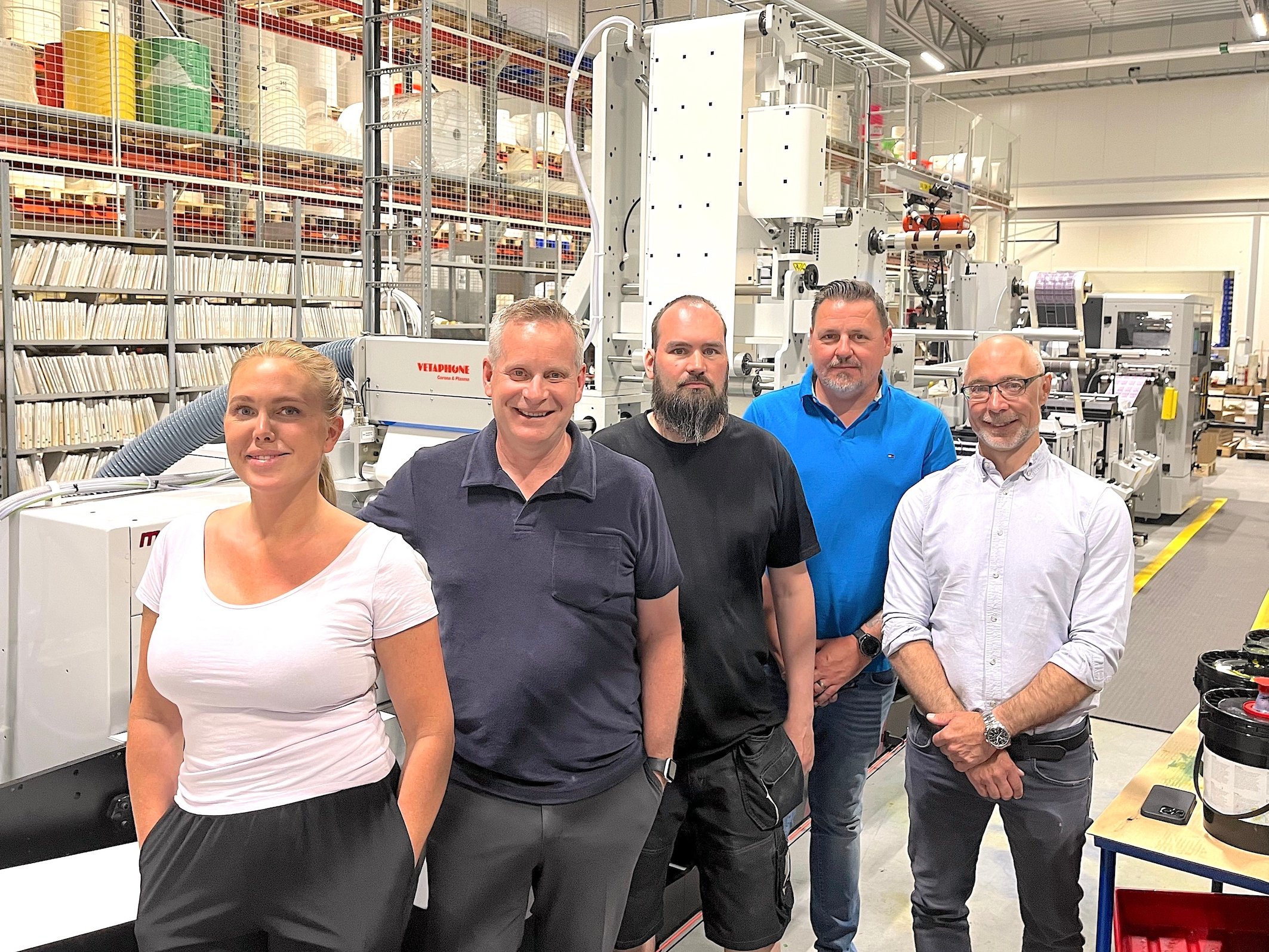S-OneLP Launches Prelaminates in EMEA One-Stop Solution Offers Films, OPV, and Low MOQs
SARASOTA, Florida (July 10, 2023) – S-One Labels & Packaging announces its new offerings of Classic pre-laminate films in EMEA. The launch includes Metalized MPET/LDPE pre-laminate film and PET/White EVOH LDPE pre-laminate film. With these added products, customers in the region can depend on S-OneLP as their source for films and OPV solutions.
“We provide EMEA converters a full portfolio of solutions to help them unlock more business opportunities,” said Gerard Geurts, Business Development and Technical Sales, S-OneLP. “We offer a turnkey solution. Our pre-laminate films can be combined with our thermal overlaminating films or an Overprint Varnish, adding ease to production.”
The pre-laminated films are available in white or metalized structures. PET/LDPE (12/60 micron) pre-laminate films are offered with oxygen and moisture barrier functions. The type of product to be packed and its specific requirements will help determine which pre-laminate is the ideal choice.
Multi-Layered Pre-Laminate Films extend
the freshness of contents and are suitable for direct food contact as well as snacking and meals on-the-go packaging.
Features and Benefits
-
Reduce costs- Save time and money on ink with white pre-laminate film.
-
High efficiency- High opacity, dimensional stability, and mechanical stability provide strong, reliable performance.
-
Food compliance- Meets FDA and European food contact regulations.*
-
Technology compatibility- Print with HP Indigo Digital Presses.
-
Revenue streams- Unlock new business opportunities with applications such as stick packs, stand-up pouches, sachets, and more.
S-OneLP offers competitive pricing and low MOQs to meet customer demand.
* Food contact declaration available on request.
About S-One Labels and Packaging
S-One Labels and Packaging uses a channel-partner model, allowing us to take redundant costs out of the channel and provide products with low MOQs and short lead times. This model helps label and packaging converters plan more effectively while providing them with an expanded portfolio of label and packaging supplies solutions. We are the exclusive distributor of Michelman in-line and off-line primers in the U.S., Canada, and multiple
European countries to HP Indigo digital printers. Other key partners include KDX, Cellcoat, Polytex, and other European companies. Please visit sonelp.com for more information.









